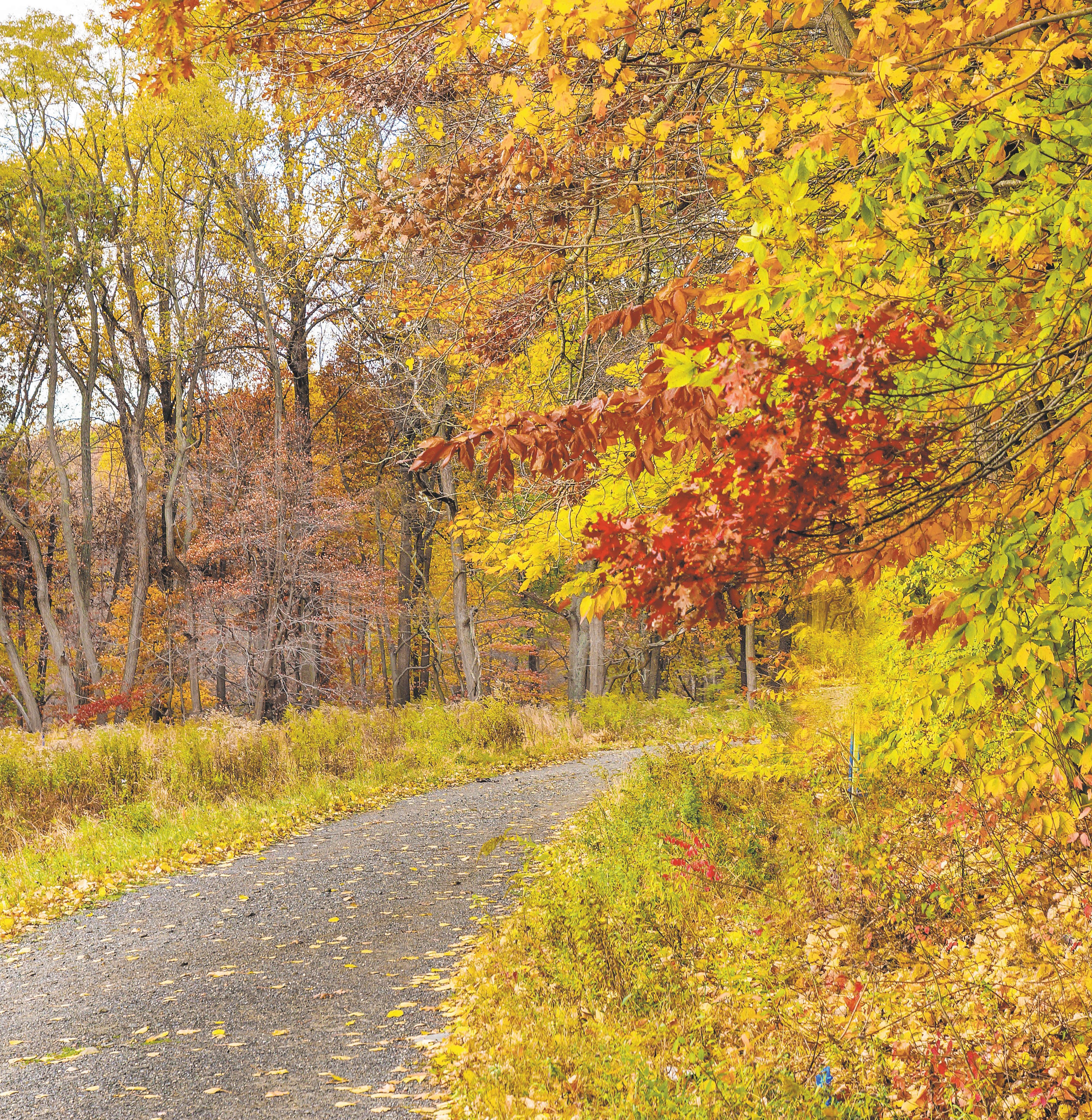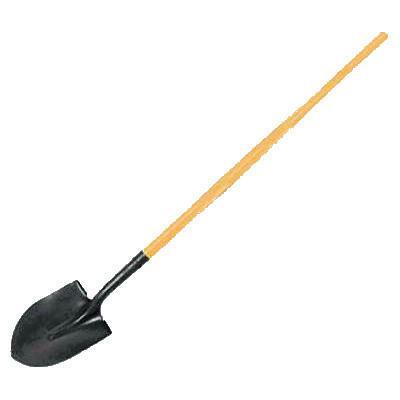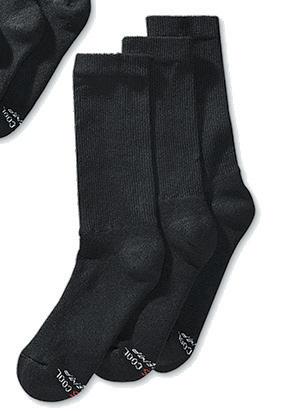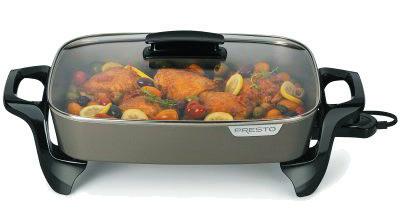
2 minute read
How mulched leaves help your lawn
Various chores are synonymous with certain times of year. For example, cleaning a pool is a summertime task. In addition, rare is the instance that Mother Nature forces anyone to break out the snow shovels outside of winter. Raking leaves has long been a task for fall afternoons, but homeowners may be surprised to learn that they might be better off putting their rakes in permanent mothballs.
In the 1990s, turfgrass specialists at Michigan State Uni- versity began exploring the potential benefits of leaving mulched leaves on a lawn instead of raking them and leaving them for curbside pickup. While the researchers noticed an obvious leaf residue on the lawn after mulching, they noted that it only sticks around for a few days. Eventually, the tiny pieces sifted down into the lawn, ultimately serving to control future weed growth while also providing the lawn with essential nutrients. Over time, research- ers noted that homeowners who mulched rather than raked their leaves needed less fertilizer to give their lawns a green look in spring, saving homeowner s the effort and cost associated with fertilizing.
Researchers also noted that decomposing pieces of leaves cover up bare spots between turf plants, which have traditionally proven to be excellent spots for weed seeds to germinate.
In fact, MSU notes that homeowners can expect a nearly 100 percent decrease in dandelions and crabgrass after mulching leaves for just three years.
Depending on the type of mower being used, up to six inches of leaves can be mulched at a time. Push mowers can handle smaller amounts, though can still be as effective as ride-on mowers.
Fall may be synonymous with raking leaves. However, homeowners who want to give their lawns a healthy boost should consider put-
Easy ways to clean up leaves
Autumn is marked by colorful foliage and plummeting temperatures. Once those leaves reach peak color, they fall from the branches and collect on lawns, necessitating cleanup projects. For homeowners with big yards, such a project can be tiring and time-consuming. However, there are ways to make leaf cleanup easier.
One of the easiest ways to clean up leaves is to reach for a lawn mower rather than a rake. The mower will cut leaves down to smaller sizes, creating an effective mulch that can add nutrients back into the lawn. Mowed leaves also can be collected in a mower bag and added to garden beds or compost piles.

For those who prefer manual raking, select a rake with tines that will not skewer the leaves in the process. Big rakes can also make faster work of gathering leaves into piles.
The home improvement resource The Family Handyman advocates for the use

CLEAN UP: Page 2 ting their rakes away and mulching their leaves this fall. look in spring, saving homeowners the effort and cost associated with fertilizing.

Researchers also noted that decomposing pieces of leaves cover up bare spots between turf plants, which have traditionally proven to be excellent spots for weed seeds to germinate.
In fact, MSU notes that homeowners can expect a nearly 100 percent decrease in dandelions and crabgrass after mulching leaves for just three years.
Depending on the type of mower being used, up to six inches of leaves can be mulched at a time. Push mowers can handle smaller amounts, though can still be as effective as ride-on mowers.
Fall may be synonymous with raking leaves. However, homeowners who want to give their lawns a healthy boost should consider putting their rakes away and mulching their leaves this fall.
Table of Contents:
Choosing between oil and propane
Get your home winter ready


Prepare for your first fire of the season
Arranging furniture
Winter friendly outdoor space
Ghostly destinations

Fall Recipes

Fall Home Improvement Directory












